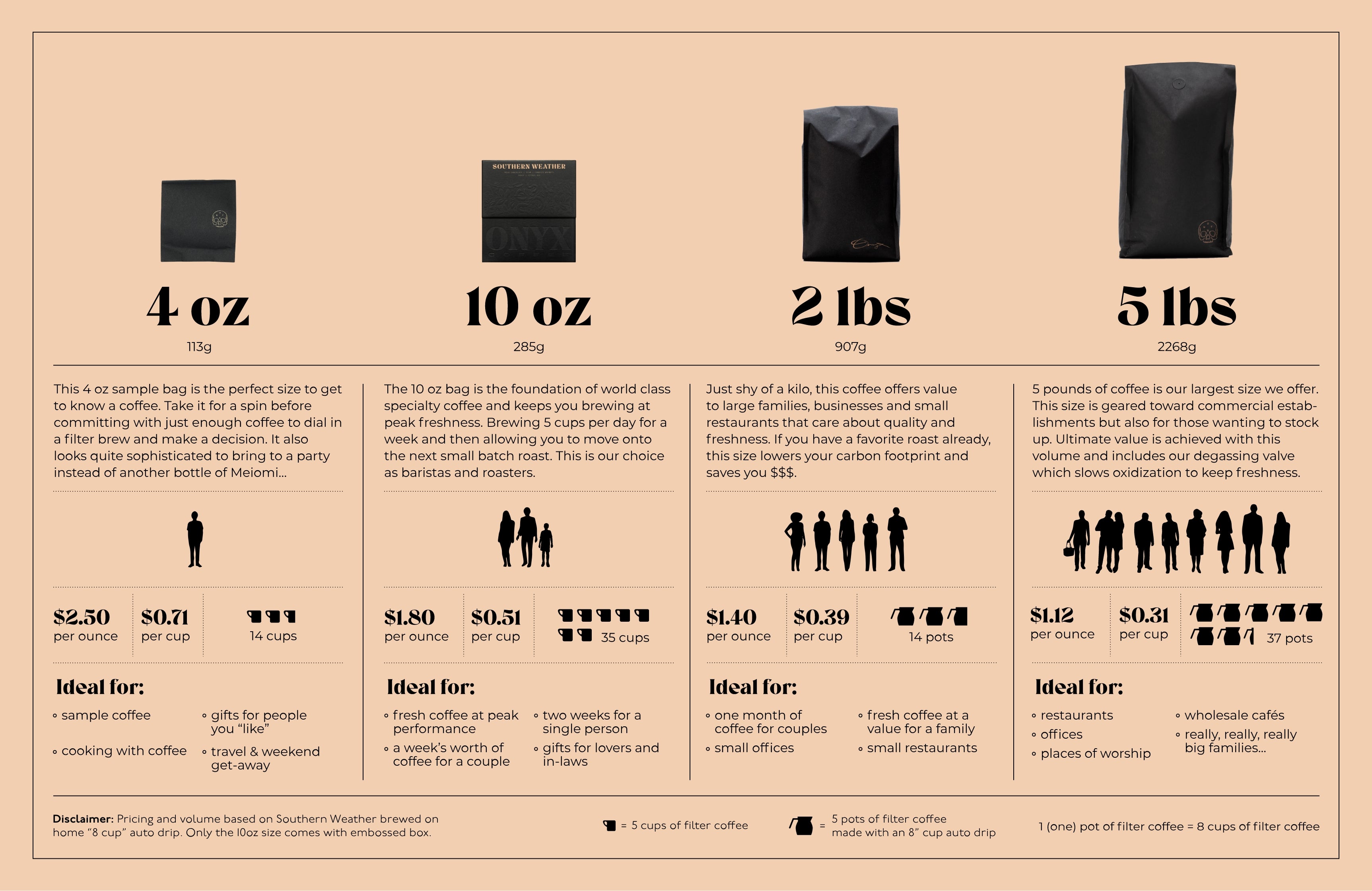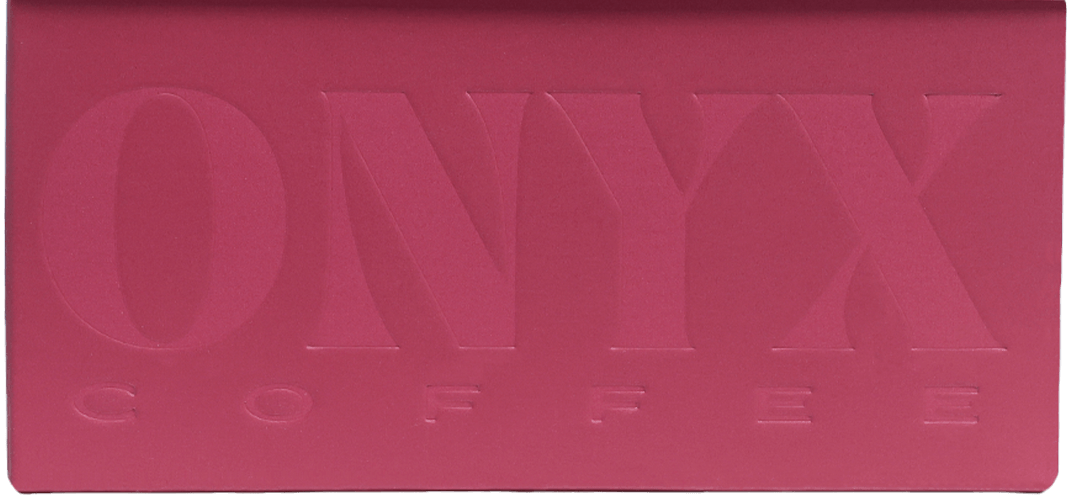Story
This natural Castillo comes from Finca Castellon. Grown and processed by Jairo Arcila, a third-generation coffee producer. Even though he retired in 2019, Felipe and Carlos started Cofinet and aid in producing lots like this one. This Castillo lot was dried before being sent off to the sugar cane decaffeination treatment, in order to strip away the caffeine. Usually decaf coffees are an afterthought, with 83-84 point washed coffees being homogenized into one large (and sometimes boring) decaf lot. Cofinet has taken a different approach, creating a decaf that is worthy of the moniker of specialty coffee.
EA DECAFFEINATION
Sugar cane ethyl acetate or commonly known as EA decaf is a natural process of decaffeinating coffee. It is usually found in Colombia where sugar cane is readily available and starts with making molasses from sugar cane. Once created, it sits in vats to ferment. The bacteria produce acetic acid, much like fermenting coffee, and at the peak of fermentation, alcohol is added to make something called ethyl acetate.
For it to be applied to coffee first, the green coffee is steamed in tanks to elevate the moisture level — the beans swell, which allows the extraction of caffeine. Ethyl acetate is added to the mixture, and it dissolves the caffeine in the coffee. The coffee is then washed with water and laid to dry. In theory, the coffee should reach the same moisture content as it arrived in, which is somewhere between 11-12%. The most important part of EA coffee, and why it tastes so sweet, is it avoids high pressure and high heat, which degrades coffee quickly. This allows the natural terroir flavors to come through, making it a sweet and bright decaf.
NATURALLY PROCESSED COFFEE
Natural coffees are beautiful…Okay, natural coffees are beautiful when done properly, but can be equally terrible when things go wrong. Natural processing, or dry processing, refers to the act of drying and fermenting coffee inside the cherry. Long before the age of portafilter tattoos and dual-boiler home espresso machines, coffee was picked and dried this way out of convenience. It is, to this day, still the most convenient and economically friendly way to process coffee cherries. (It’s estimated that dry-processing can use up to 90% less water than the washing process.) So why isn’t all coffee processed this way? Well, as coffee made its way across the world, it was commoditized and standardized, just like all other products spread by colonialism, but that’s a whole other story... Adding to the boom of washed processing, the natural process method can be tricky to get right, due to the delicate nature of fermentation and drying. What does all this have to do with the final cup? Well, when you leave the skin and fruit of the coffee cherry on the seed throughout fermentation and drying, that fruit begins to break down, imparting esters that influence delicate florals and big fruit notes into the seed that survive the roasting process. If it’s rushed or handled incorrectly, this fruit rot can lend off-flavors to the coffee, making the final cup dirty or ‘fermenty.’ Basically that single cherry begins to slowly decay, and controlling that delicate action through advanced technique and metrics allow us, lucky folks, to drink wonderfully floral and fruity coffees. We have long promoted natural processed coffees, and this Decaf Castillo is just one of the reasons we do.



